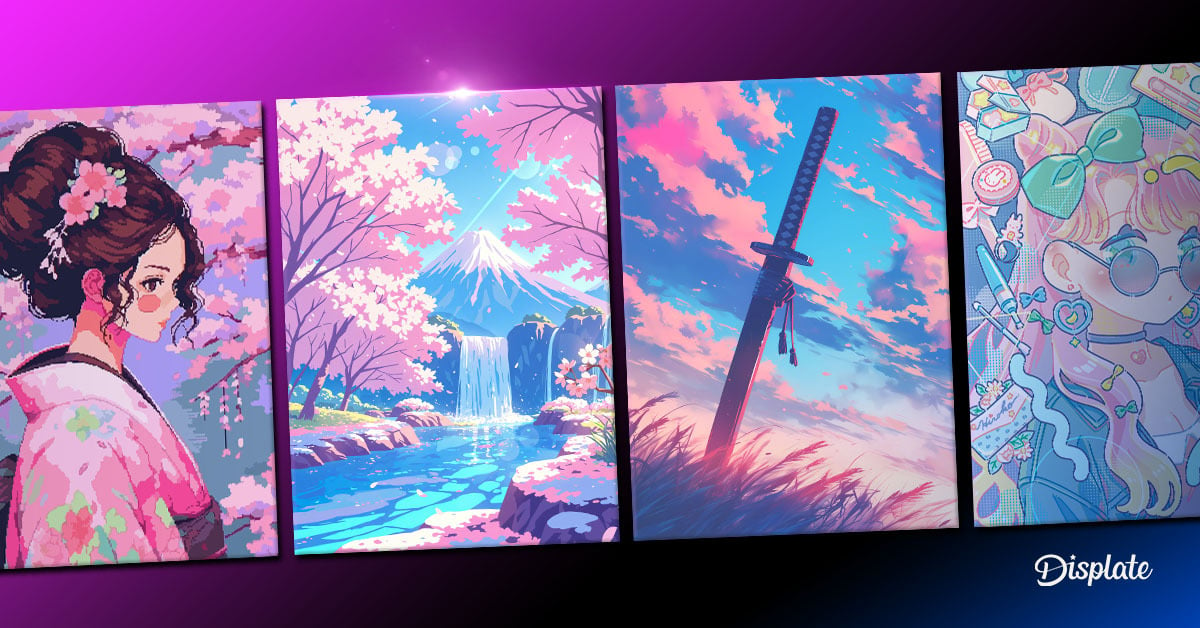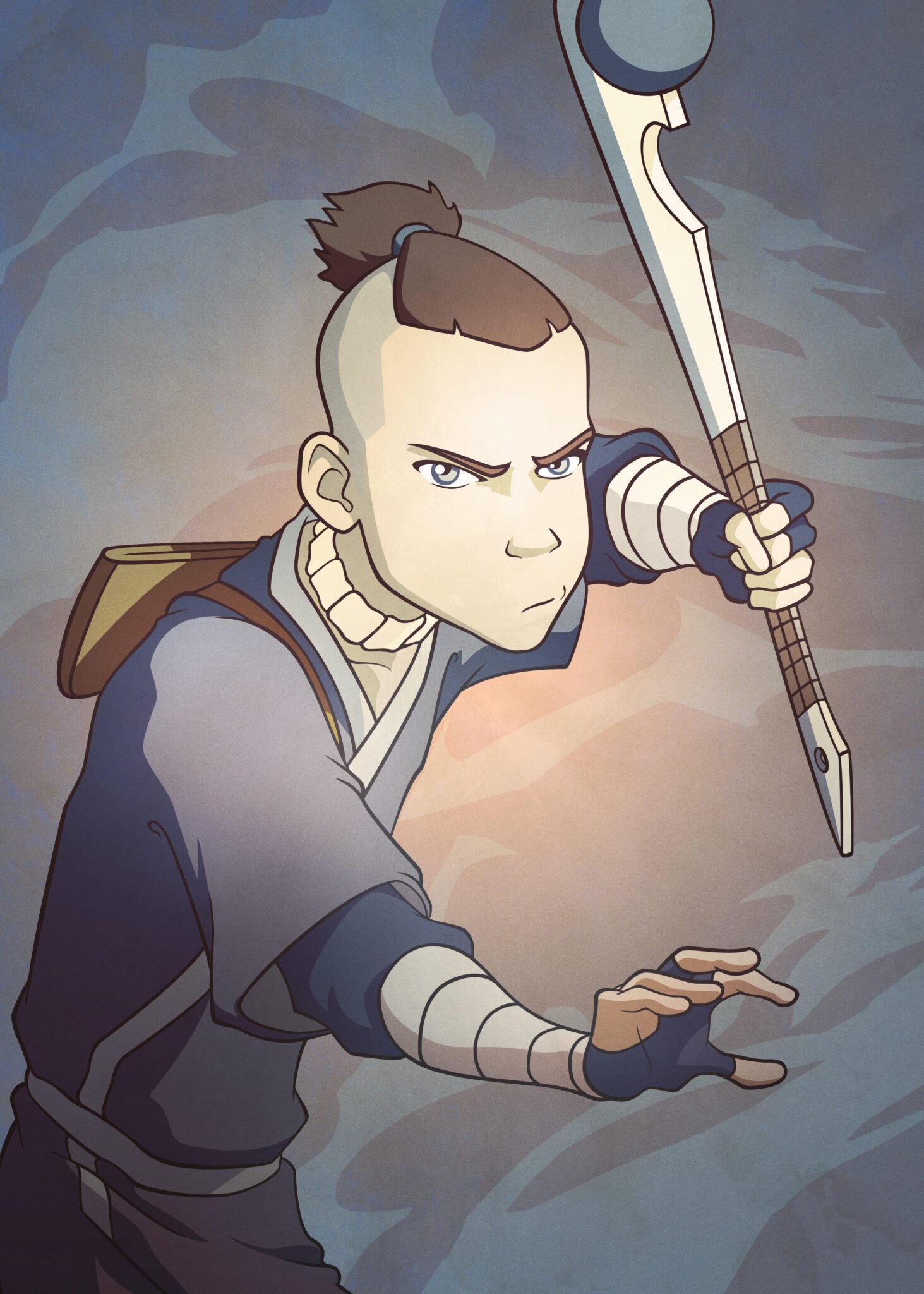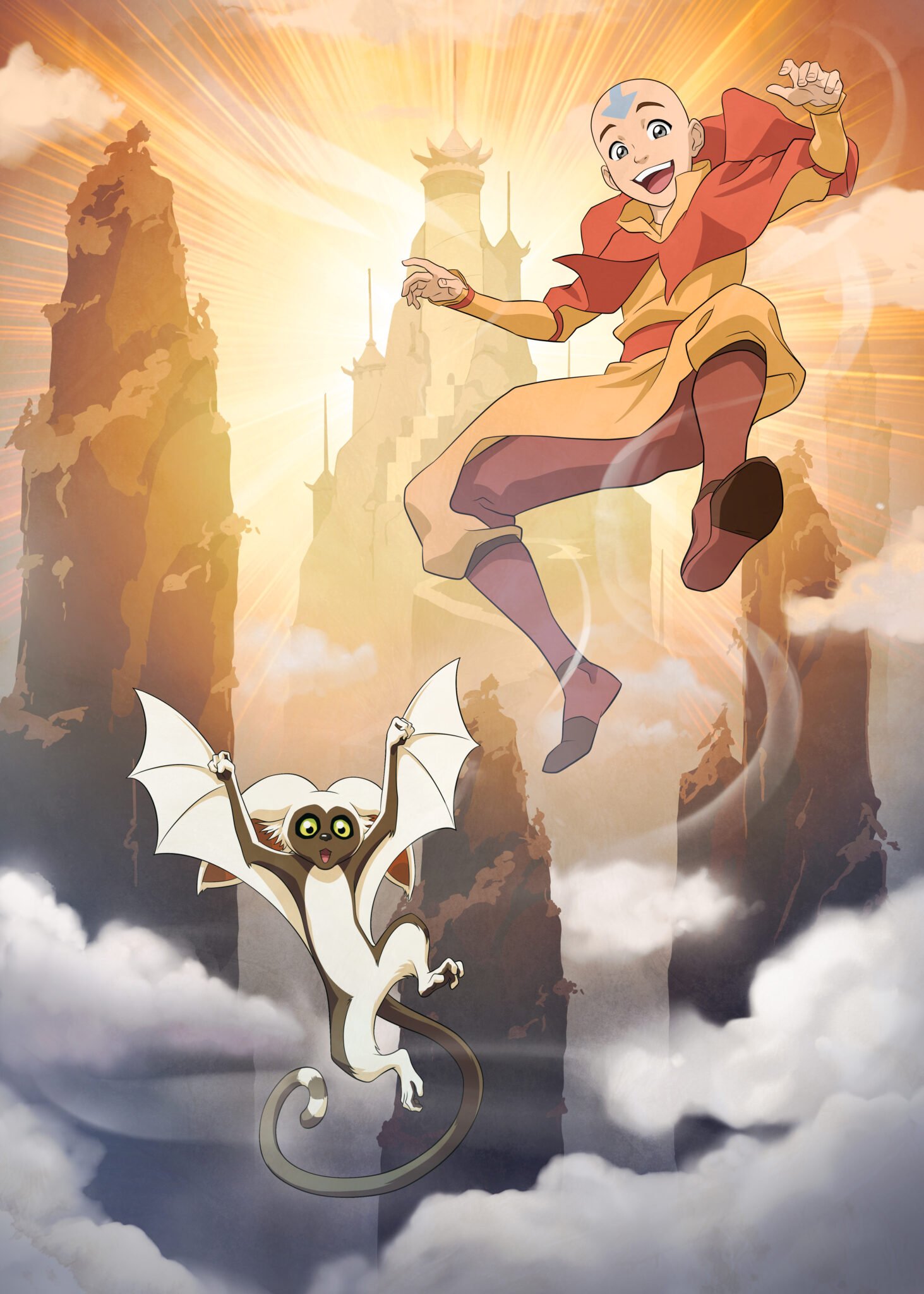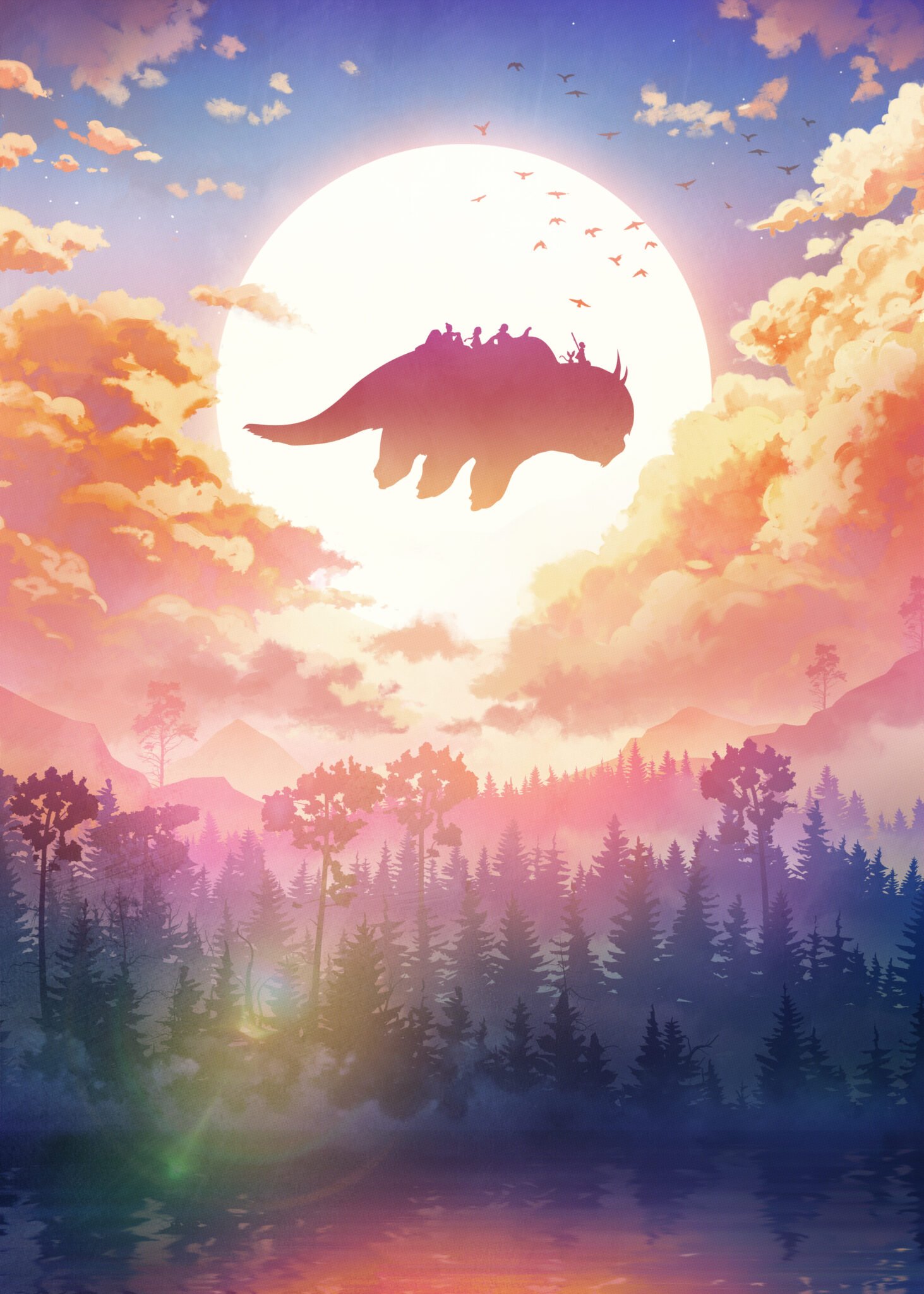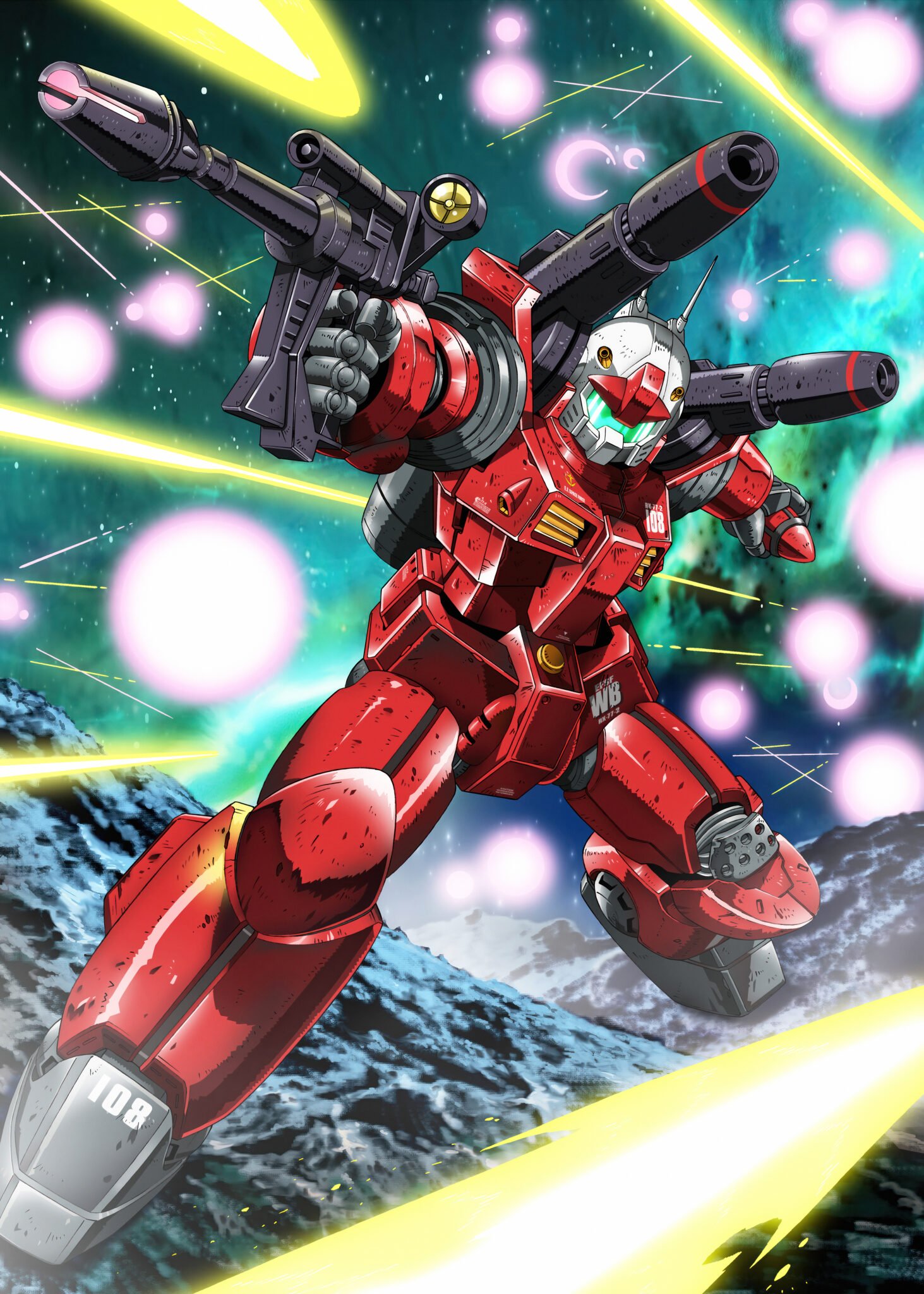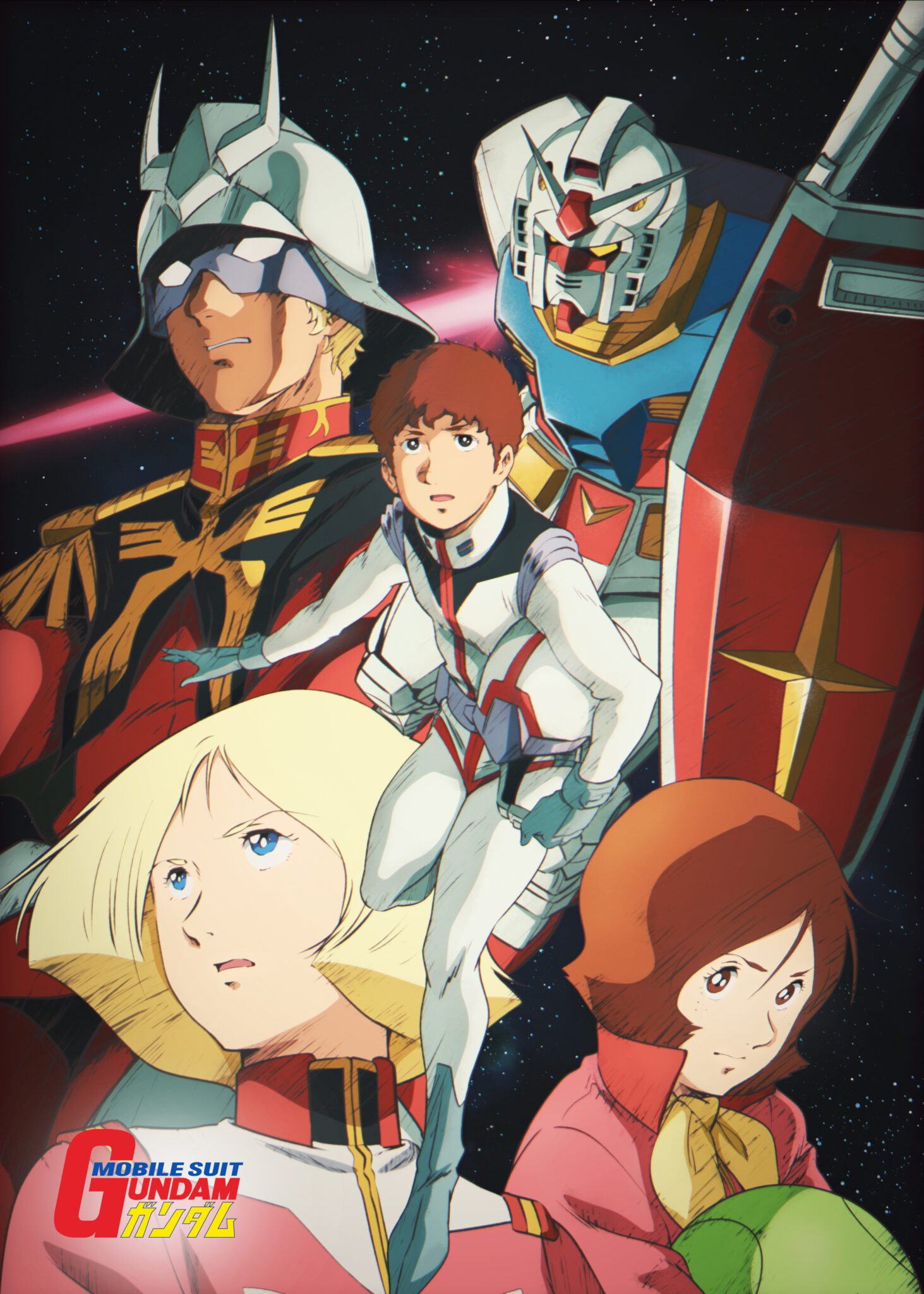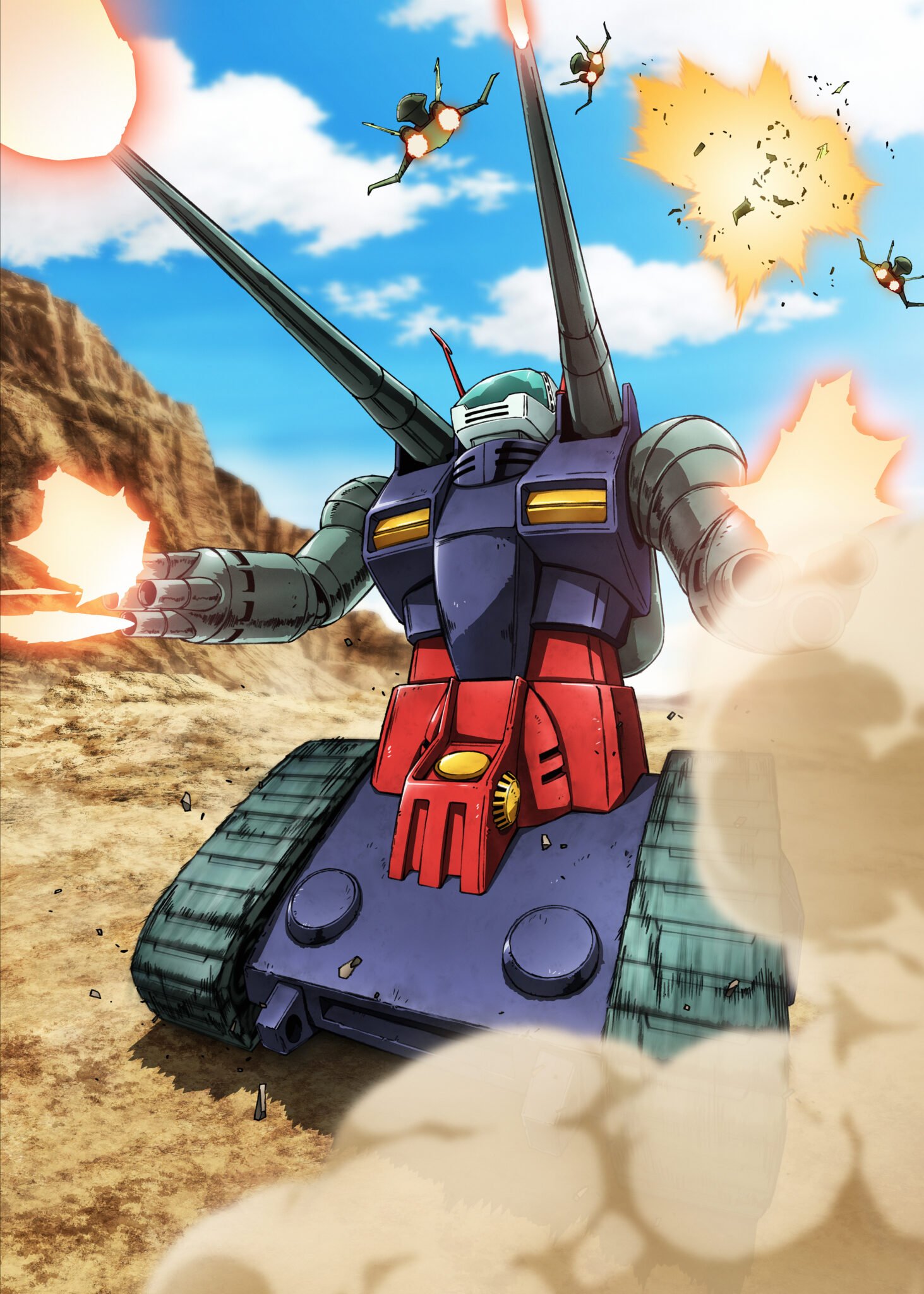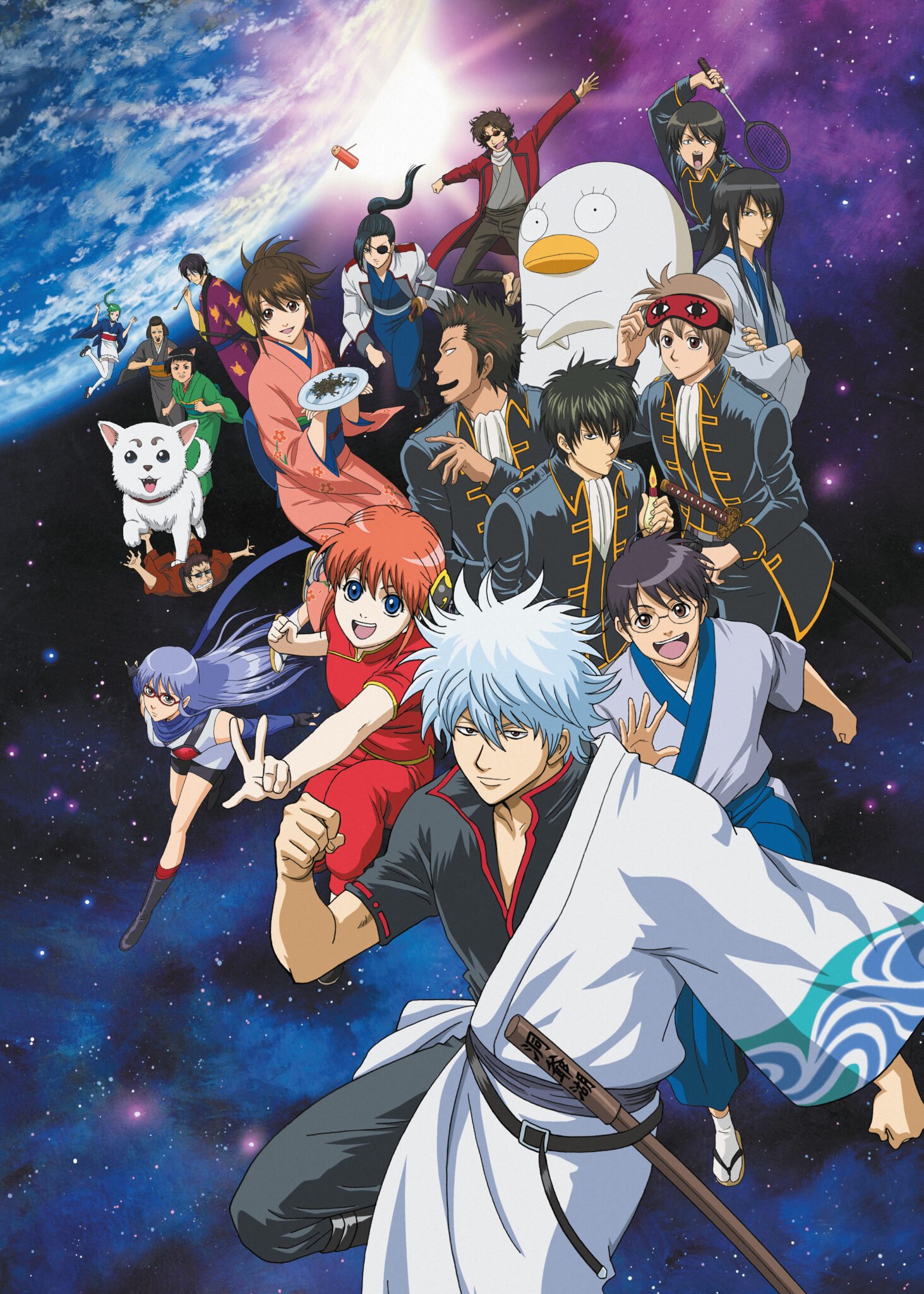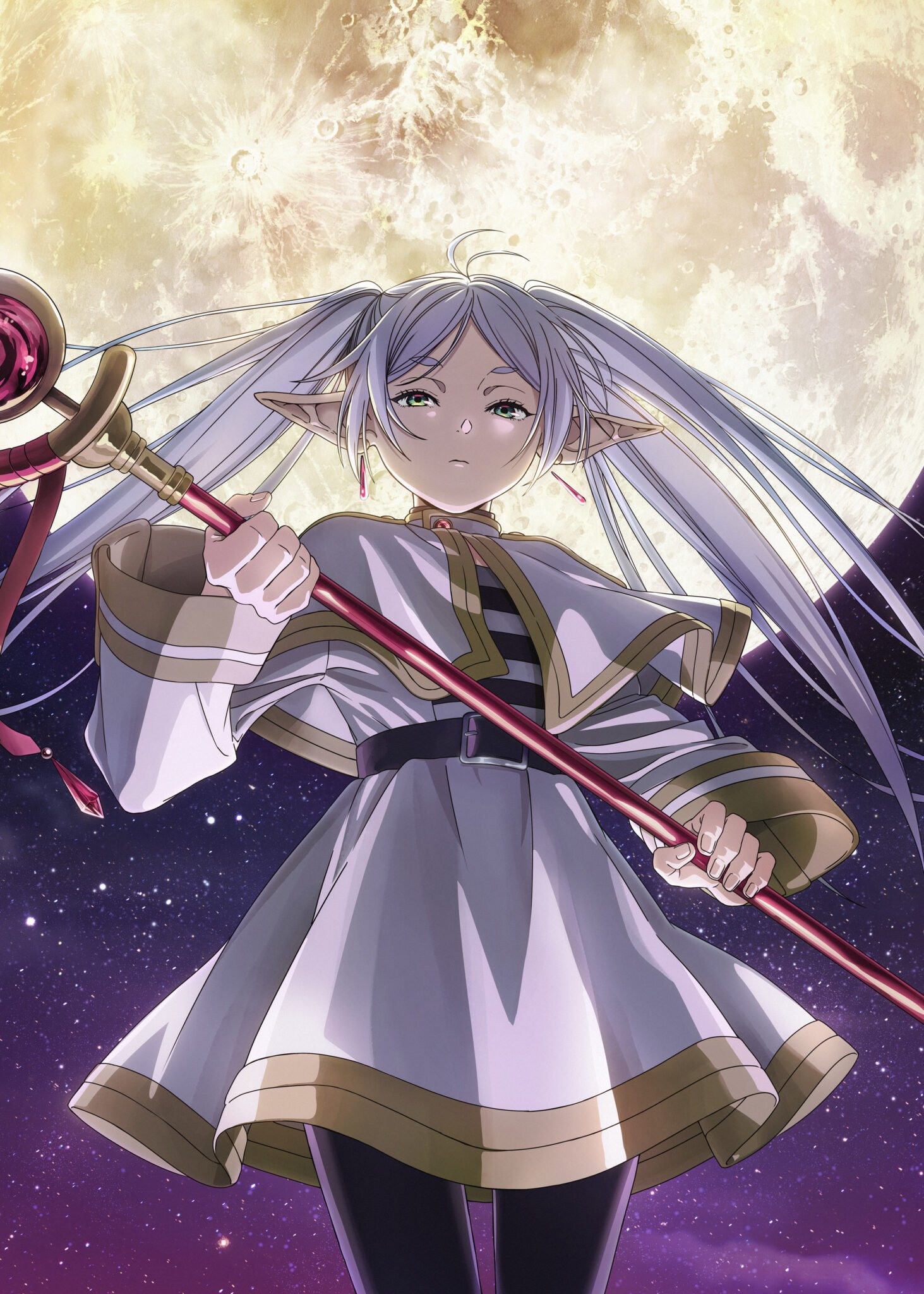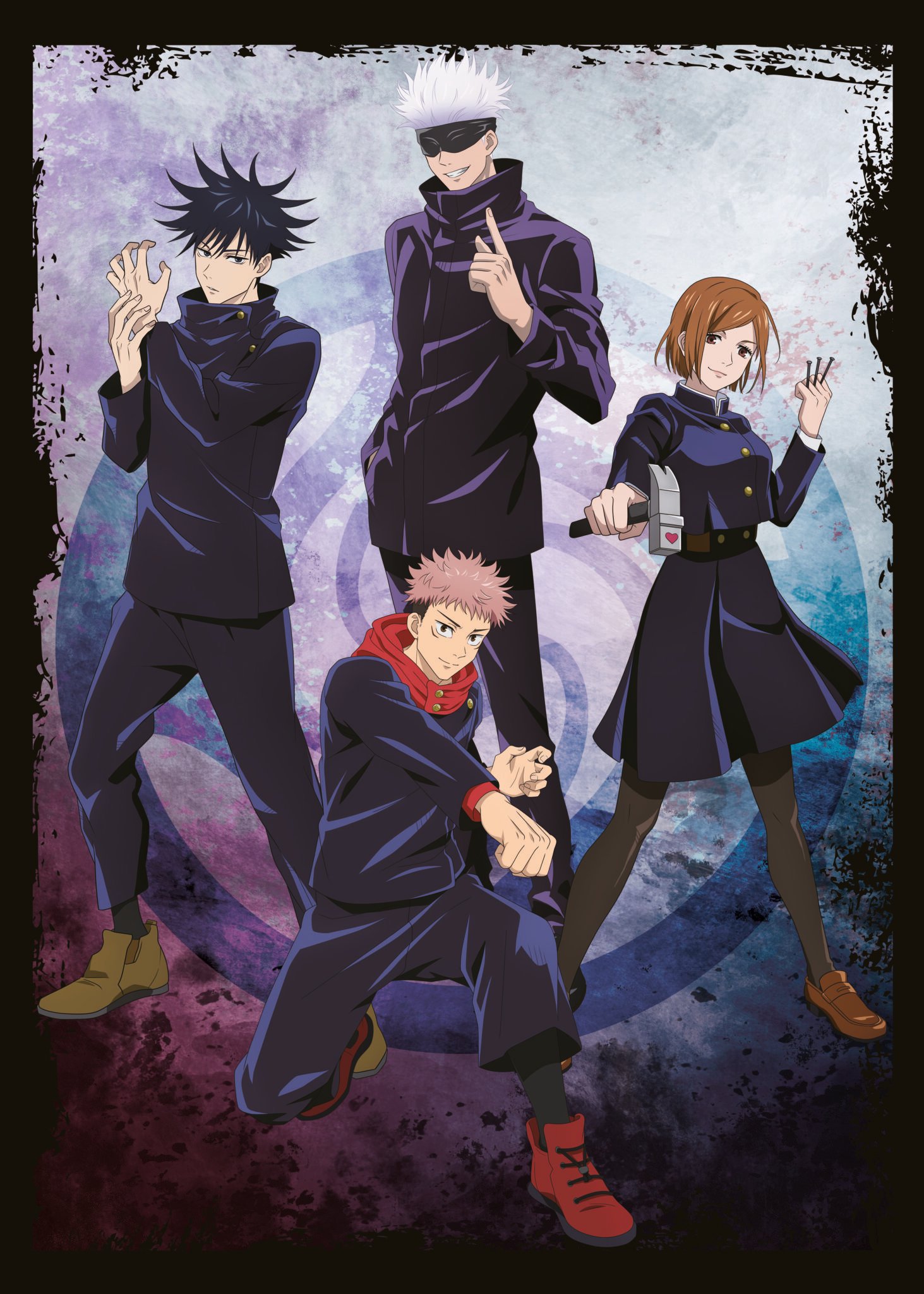Think you can tell your mecha from your mahou shoujo? Or your shonen from your seinen?
Anime genres can be confusing—but once you crack the code, a whole world of niches and sub-genres opens up, each one waiting to help you find your perfect show.
Ready to level up your anime knowledge? Consider us your academy professors! Read on for a guide to anime genres: what they mean, who they’re for, and which shows are the best place to start.
Anime Genres Explained
Anime fans don’t do things by halves. With hundreds of genres — and even more niche sub-genres — the options can feel overwhelming.
Let’s break it down:
There are five main anime genres, which act as umbrella categories based on intended audience: kodomomuke, shonen, shojo, seinen, and josei (we’ll break these down in a sec).
Then there are ten or so common sub-genres defined by theme or feel — action, comedy, romance, slice-of-life, fantasy — basically the movie genres you already know.
And within those, there are ultra-niche categories built around specific tropes, plots, or character arcs — think isekai, yaoi, and more.
To make it even tastier, let’s think of this like a sandwich:
- Main genres = your food groups (carbs, protein, etc.)
- Sub-genres = your sandwich type (club, sub, hoagie)
- Niche sub-genres = your toppings and condiments (mustard, pickles, or a Sloppy Joe twist)
Whatever your taste, there’s an anime combo out there for you!
The 5 Main Anime Genres
1. Kodomomuke
Bright, colorful, and full of fun, kodomomuke is your just-for-kids anime; though, plenty of adults enjoy this type of content, too. Typically aimed at children under 13 years old, this anime style often has a gentle educational approach, teaching children about things like the ways of the world, good behavior, and moral or cultural values.
Core Kodomomuke Themes
Kodomomuke is simple, easy to watch, and often comprises short episodes that are self-contained (a bit like fables). Feeling under the weather or just in the mood for a low-effort watch? Kodomomuke is the ultimate comfort anime — like a warm cup of cocoa after a long day of school. Often with child protagonists, kodomomuke features plots that center around wholesome themes like friendship, forgiveness, teamwork, and kindness.
Examples of Kodomomuke
- Pokemon series
- Doraemon
- Digimon Adventure
- Beyblade series
- Yo-kai Watch
2. Shonen or Shounen
Next up, shonen – the anime genre for the teenage boy in all of us. The word shonen translates to “boy” or “youth” in Japanese, and this genre is primarily aimed at boys aged 12–18. But it’s not just for boys—shonen anime is enjoyed by people of all ages and is arguably responsible for some of the most popular and enduring anime series, including One Piece, Naruto, and Dragon Ball.
Core Shonen Themes
Shonen anime is high-octane, packed with action, adventure, and epic battles. It often follows young male protagonists as they grow, overcome challenges, and lead others on quests for justice, glory, or self-discovery. Teamwork, friendship, and adventure are recurring themes, and many series structure their stories around tournaments, training arcs, or journeys that mirror the growth and challenges of adolescence.
At its heart, shonen is about striving to overcome obstacles and becoming the best version of yourself—offering inspiration, excitement, and life lessons for younger viewers and fans of all ages.
Examples of Shonen
- Naruto
- One Piece
- Bleach
- Dragon Ball series
- Hunter x Hunter
3. Shojo or Shoujo
If shonen is for action and adventure, shojo is for the heart. Primarily aimed at teenage girls aged 12–18, these shows are loved by millions of adults as well. Shojo anime tends to focus on drama, relationships, and personal growth rather than battles and quests.
Core Shojo Themes
Shojo anime often follows a female protagonist, exploring her life, adventures, and emotional journey. It emphasizes romance, family, and school life, usually set in more grounded, real-world environments compared with the fantastical or sci-fi settings common in shonen.
With stunning visuals and a slower, more deliberate pace, shojo anime gives screen time to the female experience, often highlighting themes like empowerment, friendship, and personal growth.
Examples of Shojo
- Fruits Basket
- Sailor Moon
- Violet Evergarden
- Banana Fish
- Maid Sama!
4. Seinen
Seinen is essentially shonen for adults, with no content restrictions or off-limit themes. Translating to “youth” in Japanese, seinen is primarily aimed at young men (typically between 18 and 40), though, like the other genres on this list, it can be enjoyed by anyone.
Core Seinen Themes
Seinen steps beyond the child-oriented, school-focused anime we’ve discussed so far, moving into an 18+ space that often features more violence, sexual content, action, and gore.
In essence, it raises both the age bracket and the intensity of standard anime storytelling. Seinen delves into complex subjects such as psychology, philosophy, societal structures, sex, and conflict, offering more nuanced storytelling and layered narratives. It’s definitely not the genre to watch before bed — darker, heavier, and far more challenging to follow!
Examples of Seinen
- Berserk
- Vinland Saga
- Monster
- Kaguya-sama: Love Is War
5. Josei
We finish with another counterpart: josei is essentially the female-oriented version of seinen. The term josei translates to “woman” or “female,” and the genre is aimed at women aged 18 and over due to its mature themes.
Core Josei Themes
Josei focuses on the intimate lives of women, exploring their relationships with friends, family, lovers, and other women. It often includes LGBTQIA+ representation in subgenres like yaoi and yuri (more on these below) and strives to portray a realistic view of life — with all its complexities, challenges, and beauty.
Examples of Josei
- Showa Genroku Rakugo Shinju
- Bunny Drop
- Princess Jellyfish
- Chihayafuru
- Kids on the Slope
Exploring the Sub-Genres of Anime
Now that you know the five core demographics that shape anime, let’s dig a little deeper and explore the subgenres that fall beneath them.
Action: Fast-paced, combat-driven anime featuring heroes, villains, and impressive physical feats.
Adventure: Quest- and journey-focused stories that follow characters as they explore new worlds and overcome challenges — often forming a close-knit group of companions along the way.
Comedy: Anime made for laughs — filled with over-the-top characters, absurd plots, and hilariously awkward situations.
Fantasy: A hugely popular genre with limitless possibilities. These anime often feature magic, lore, mythical creatures, supernatural events, and an array of unique powers.
Horror: Unsettling anime packed with tension, gore, suspense, and spine-tingling moments.
Romance: Stories centered on love, relationships, heartbreak, and soulmates.
Sci-Fi: A beloved genre set in futuristic worlds or alternate realities — think advanced technology, time travel, and outer space.
Slice of Life: The anime equivalent of a sitcom, chronicling realistic, everyday experiences — from finding love to paying bills.
Supernatural: Rich with paranormal elements, mystical forces, and unexplained phenomena.
These subgenres blend beautifully with the larger categories in endless combinations. For example, slice-of-life anime are often josei, but you can just as easily have a supernatural josei — if, say, all the characters happen to be ghosts.
Even More Niche Anime Sub-Genres
Let’s take it one step further and brave a look at the thousands of subgenres that exist. These are anime classified by recurring events, tropes, or plot points — anything from fortune-telling to coming back from the dead with a fish on your head (you might want to fact-check us on that last one).
Just as romance novels have trope distinctions like enemies to lovers or forced proximity, anime does too. Here are a few examples:
Mecha: Anime featuring giant robots (or “mechs”) that battle each other or other formidable foes.
Isekai: Stories centered on characters who are reincarnated or transported to another world.
Mahou Shoujo: Focuses on young girls who gain magical powers or transform to fight evil and champion good causes. Girl power!
Yaoi: Romantic stories about men who fall in love with other men.
Yuri: Romantic stories about women who fall in love with other women.
Harem: A central male protagonist surrounded by numerous adoring female admirers. (Yes, this one typically falls under seinen.)
Ecchi: Lighthearted anime with playful sexual humor and suggestive themes.
Idol: Centers on famous celebrities or idol groups, often involving singing, dancing, and the entertainment industry.
Whatever your niche — from giant warring robots to boyband drama — there’s always an anime for every occasion. If you’re new to the genre, don’t feel overwhelmed — be inspired! There’s bound to be a show out there that combines all of your unique interests (no matter how weird) into one bingeable masterpiece.
For Every Kind of Anime Fan
Whether your vibe is seinen, shonen, or mecha madness, there’s a premium metal print featuring your favorite anime waiting for you at Displate. From Demon Slayer to Dragon Ball and beyond, bring the worlds you love to life — easy to hang, fun to swap, and impossible not to admire.
Don’t just watch anime—live it. Dive into our anime poster collection and unleash your inner otaku today!
